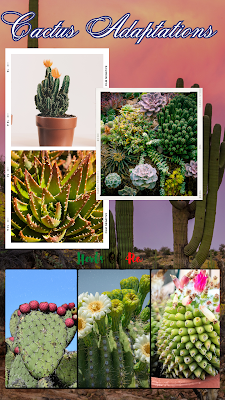Eggplant Growing and Moon Phases
EGGPLANT This purple black glossy vegetable of the Nightshade family has a mild flavor similar to that of fried oysters and is often substituted for meat. A warm-season crop that produces best in hot, sunny weather, the eggplant is grown from seed as a tender annual.
Eggplants can be cultivated in northern areas if started indoors and set out after danger of frost is past and protected when autumnal frosts are imminent.
Planting Eggplant by Moon Phase
Moon Phase Planting Eggplant should be planted when the moon is in the 2nd Quarter (i.e. waxing) and in one of the following Zodiac Signs: Cancer, Scorpio, Pisces, Libra
Six to eight weeks before the frost-free date, seeds to be started indoors should be sown in flats and covered with 1/2 inch of mellow, well-pulverized soil kept at a temperature of 70 to 75°F. (21.11 to 23.89°C.). When the seedlings are about two weeks old, or about three inches high, they should be transplanted singly to three-inch clay pots or to flats and beds where they can stand four to five inches apart. The soil for this first transplanting should be particularly rich. A good mixture would consist of two parts rotted sod to one part compost mixed with a small amount of sand. The daytime temperature should be 65 to 70°F. (18.33 to 21.11'C.), the nighttime 50 to 55°F. (10 to 12.78°C.). Water carefully and check for insects.
Two weeks after the frost-free date, those seedlings growing in flats or beds should be blocked out; that is, a knife should be run through the soil midway between the plants, cutting the roots, and leaving each plant with its own block of soil. Keep these young plants lightly shaded and well watered until it is time to set them outdoors, about a week later. Mean daily temperatures for outdoor planting should be around 65 to 70°F. (18.33 to 21.11°C.) unless some protective covering (paper cones, cloches, plastic containers, etc.) is given the plants. Such protection allows the plants to be set out one to two weeks earlier.
Eggplants should be spaced 21/2 feet apart in rows set three feet apart and grown in a deep, rich soil that is moist but well drained. To conserve moisture and to protect the young seedlings from wind damage, a deep mulch of straw or hay should be applied in the spring.
Culture
Beginning four weeks after they are set out, the plants should be fertilized with a manure/ water tea once every two weeks. Eggplants must never be allowed to dry out, especially while fruit is setting, as this produces inferior fruits or none at all. One packet of seed will start 40 to 60 plants, each bearing three to eight fruits. Seed longevity is four years.
Harvesting
Eggplants should be harvested when young, as soon as the skin has attained a high gloss. Not only is the flesh more tender and the seeds smaller, but the plant will produce more fruits if kept picked.
Varieties
Good varieties include Black Beauty, which matures in 85 to 90 days, and Burpee Hybrid, which is more resistant to drought and disease than any other variety. Early Long Purple and Stokes Hybrid are smaller varieties that require less garden space.
Serving Eggplant
Eggplant should be peeled, cut into 1/4 slices, dipped either in flour or an egg batter, and saut6ed in olive oil. This is the old world way of enjoying eggplant.
(http://www.moonGROW.com) is a website delving into Moon Phase and Zodiac Sign Organic gardening. By Gene DeFazzio, this site provides the basics of both astrological and organic growing for the home gardener.
Article Source: http://EzineArticles.com/?expert=Gene_DeFazzio


Comments